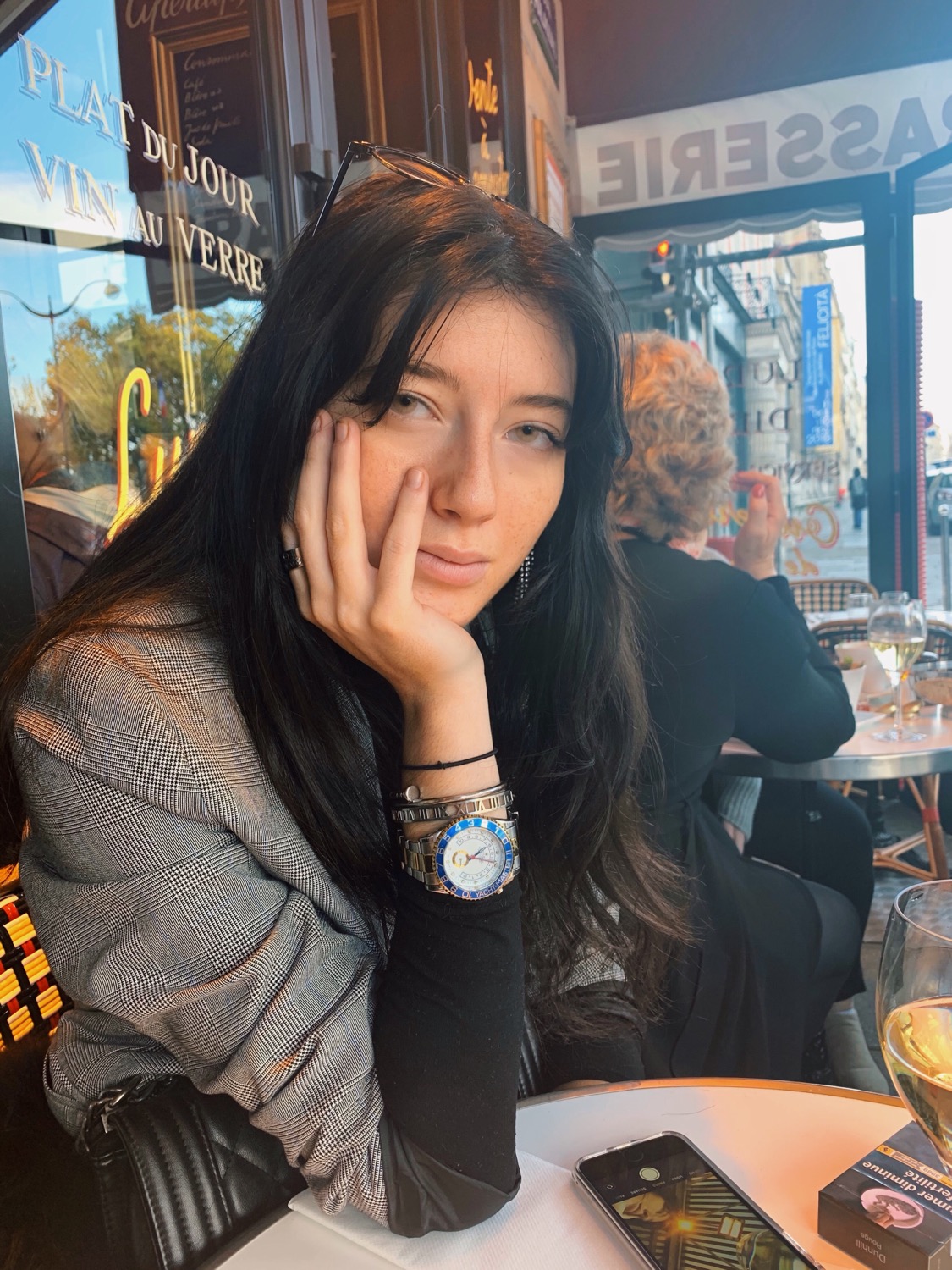'FORGOTTEN MASTERS' EXPLORES THE ARTISTIC IMPACT OF THE EAST INDIA COMPANY
- Victoria Comstock-Kershaw
- Dec 12, 2019
- 3 min read
The very nature of colonialism makes it easy to assume that any social impact of British-led initiatives on Indian art, identity, or expression would be one of erasure. 'Forgotten Masters: Indian Painting for the East India Company' at the Wallace Collection explores and challenges this notion of artistic dominion: the 'company paintings' and their artists are celebrated independently of their patrons, allowing the skills and talents of the Indian artists hired by the British East India Company to take the spotlight.

There is an interesting dynamic presented at the Wallace Collection: on one side, there is a story of Western control and demand being told. But the interactions between the European patrons and their Indian contemporaries were not as simple as mere financial or social prepotency. The Indian artistic aesthetic was respected and, more importantly, deeply desired, as shown by the demand for an increasingly wide range of Indian-created arts. The botanical artworks in particular demonstrate the very specific inter-mingling of Indian and colonial mores: Shaikh Zain ud-Din's beautiful depictions of native wildlife are detailed, colourful and crisp against their white backgrounds. They demonstrate exceptional talent and vivacity as well as a well-defined artistic style that was clearly appreciated and sought after. The sharp colours and vivid expressions of the animals he depicts are filled with a genuine grace and naturalness typical of the end-of-century Indian art scene. There are hints of naturalistic Indian traditionalism accompanied by contemporary British asservations, and his work encapsulates the overarching cultural reciprocity that was simultaneously permitted yet restricted by the colonial artistic attitudes of the East India Company.
Botanicals are not the only works exhibited: landscapes, portraits, miniatures, and textiles are also on display. The portraits are interesting in several aspects; firstly, their subjects, secondly, their styles. Like uh-Din's botanicals, they embrace and represent a very specific style of Indian traditionalism while still adopting a typical British grandeur is regards to the architecture, scenes and people depicted. Warm tones and keen shapes create a fascinating fusion of cultural and political mores and movements, from the flairs of the natural world to the status of soldiers and patrons. It reflects a little spoken of truth, that British-indian relations were never as simple as financial or social dominion: that cultures and traditoins, both social and artistic, often seeped into eachother. Curator William Dalrymplehe points out that more than a third of British men in India left all their possessions to one or more Indian wives or Anglo-Indian children, and it is this synergetic crash between British dominance and Indian excellence that Forgotten Masters explores with such respect and beauty.

The exhibit, however, does not skirt around the power dynamics of the situation. Shaikh Muhammad Amir refused to include any of his patrons in his artworks, and it's not like there is much merit attributed to the historical or economic situation that was caused by the violent overthrows of British occupations. There is, however, artistic recognition of those who seized an opportunity to become known, and of a culture too simple to be restricted to a single definition. Forgotten Masters serves as a wonderful re-examination of colonial relations to Indian artists and a fantastic opportunity to address a long-since established historical, social, and artistic misalignment.
Forgotten Masters: Indian Painting for the East India Company in on at the Wallace Collection until the 4th of December. Tickets are £13.50 and £10.00 concession.
Image credits: Charles Walbridge, British Library, Wallace Collection










